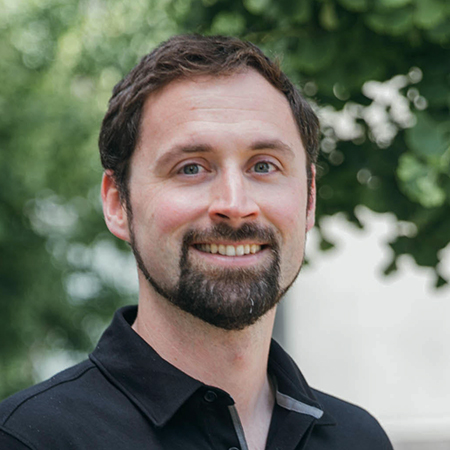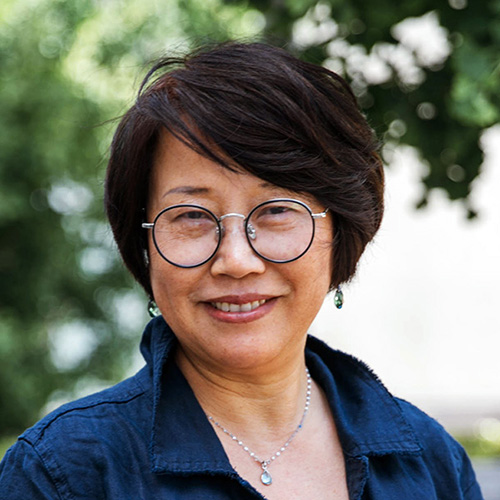
August 26, 2021 9:00 - 11:00 am PDT
Variable air volume (VAV) HVAC systems dominate the commercial building market but have widely varying performance. Research led by UC Berkeley has demonstrated that significant energy savings may be achieved using new VAV control strategies that are simple enough to implement within existing building management systems and hardware. These strategies were developed so that they could be implemented by typical controls contractors or building operators, requiring no hardware purchases. A series of intervention studies in real buildings have demonstrated normalized energy or cost reductions as high as 29%. These strategies include reducing the zone minima airflow rates, a ‘time-averaged’ ventilation strategy, and a cost-responsive supply air temperature (SAT) reset strategy. This course will be led by leading UC Berkeley researchers who developed these methods and/or who led the field studies, and they will address energy performance, comfort and other user feedback, and will offer guidance for implementing these new strategies.
This event is free and open to the public, and co-organized by the PG&E Pacific Energy Center and the Center for the Built Environment (CBE) at UC Berkeley.
Speakers and Presentations
-

Paul Raftery, PhD
Professional Researcher, Center for the Built Environment, UC Berkeley
Presentation: Cost-Responsive Supply Air Temperature Reset Strategy; Introduction to Time-Averaged Ventilation
Paul Raftery’s overarching goal is to improve building energy efficiency by investigating advanced integrated HVAC systems. He has deep experience in HVAC engineering, energy modeling, building automation systems and software development. He has led multi-year research efforts on radiant hydronic systems and on integrated smart ceiling fans and thermostats. He holds degrees in mechanical engineering from the Cork Institute of Technology and a PhD from the National University of Ireland, Galway. In 2008 he was awarded a Fulbright and developed a new method for calibrating building energy models, which he piloted at an Intel manufacturing campus and used in his PhD dissertation. He previously worked as a facilities engineer for a biomedical device manufacturer, and contributed to an automated fault detection and diagnosis tool, which earned the ICT Invention of the Year award.
-

Hui Zhang, PhD
Professional Researcher, Center for the Built Environment, UC Berkeley
Presentation: Energy and Comfort Results from an ASHRAE-Sponsored VAV Intervention Field Study
Hui Zhang focuses her research efforts on human thermal comfort in complex environments, comfort simulation and physiology, and new HVAC approaches that simultaneously improve energy efficiency and occupant comfort. She is a globally respected authority on human thermal comfort and has co-authored hundreds of peer-reviewed papers on this topic. She holds a PhD in building science from UC Berkeley, and degrees in both architecture and engineering from Tsinghua University, Beijing, China. Her PhD dissertation study, “Local Thermal Comfort in Asymmetrical and Transient Environments” brought her the ASHRAE Ralph Nevins Physiology and Human Environment Award. She previously taught in the Architecture Department of Tsinghua University as an assistant professor for three years.
Continuing Education
At the conclusion of this course, participants will be able to:
- Understand inefficiencies that may result from standard VAV control practices, which may lead to excessive energy use and/or summer overcooling.
- Explain three new VAV control strategies that may be implemented in standard building automation systems, with potential for annual energy savings as high as 10-20%.
- Summarize how the reduction of VAV airflow minima can significantly reduce energy use, with no impact on comfort satisfaction, and potentially increasing warm season comfort.
- Cite general results from a study of ‘time-averaged’ ventilation control strategy that was developed and tested in a large building on a university campus.
- Demonstrate knowledge of a control strategy that identifies the optimal supply air temperature for an air handling unit.
Organizers

